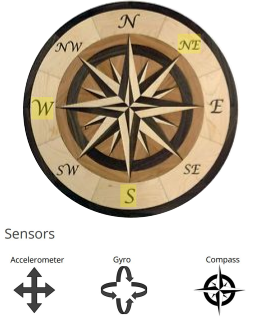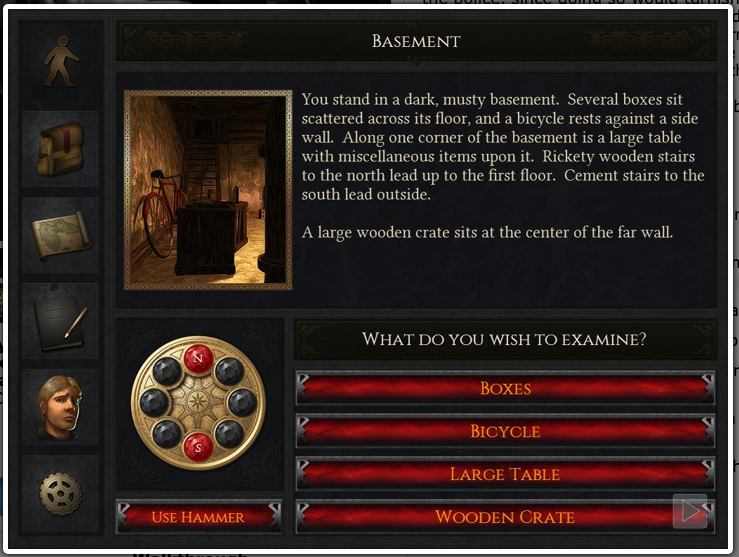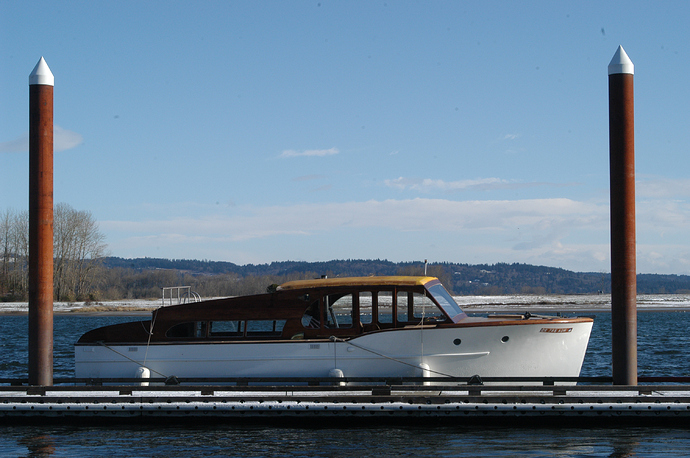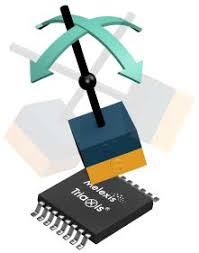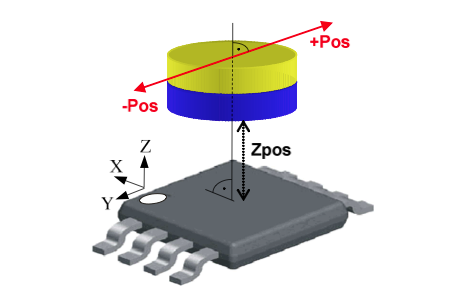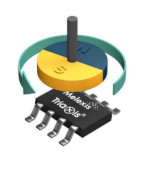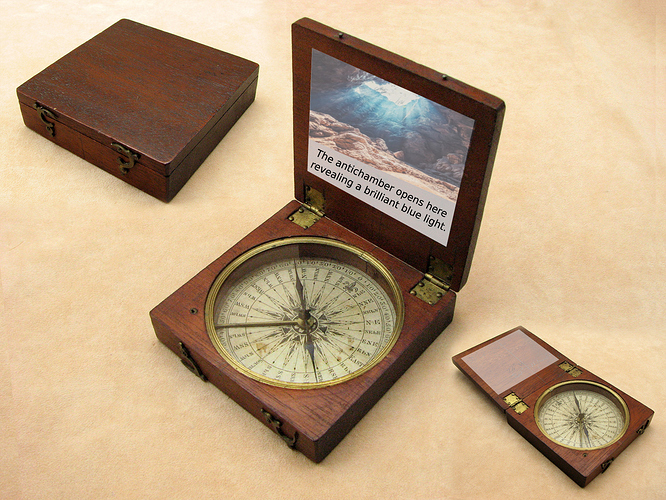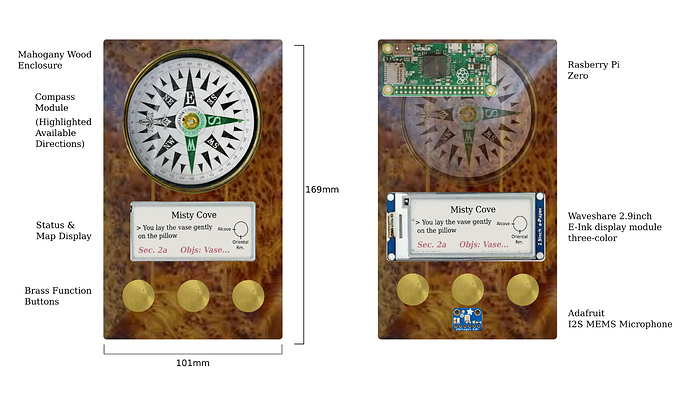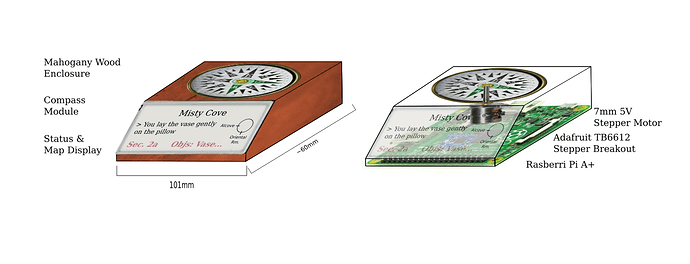Compass HID for Interactive Fiction
By D. Cooper Stevenson
An idea for creating a specialized, physical device for greatly enhancing the Interactive Fiction experience for casual and experienced players alike
Interactive Fiction writers ask a lot from their readers; beyond simply enjoying the story, readers are required to actively manipulate objects, keep track of clues, and all manner of “rules” the author has written into the story.
We watch “Indiana Jones, The Last Crusade,” for example, passively. We enjoy the story as the film’s makers masterfully create the experience’s “feel” through crafted dialog, visuals, and all manner of effects. We, the viewers, receive a pleasing experience as the craters pre-package the story’s logistics, leaving us to simply sit back and, “enjoy the show.”
Not so with Interactive Fiction. Were we to adapt The Last Crusade to IF the protagonist would need to know how to get to Berlin from the castle, figure out the clues left by his father, and know the precice moment by which, “only the penitant man will pass.” IF requires active participation with the story carrying with it the burden of clever thought and (often begrugingly) logistics.
Take for example this excerpt from Stephen Granade’s “Descriptions Constructed:”
In Front of the Capitolium
According to your tourbook, the rectangular shell of reddish-brown brick rising in front of you is the Capitolium, dating back to the reign of Hadrian. The shell is over fifty feet high and deep, and twice as wide. It stands atop a tall podium; luckily there are stairs leading up to the Capitolium. The wall in front of you to the north is missing, giving you room to enter the former temple. The forum stretches out on all other sides, the bulk of it lying to the south.
Well written as this room description is, there exist several facets for the reader to deconstruct: the rectangular shell (dimensions, placement), the north wall, it’s relation to the temple, and the bulk of the forum to the south. Granted, there are only two exits here but IF can often become complex with regards to it’s geographical features and relationships among them.
There’s hope–we’ve now the technology available to make IF feel more like exploration and less like drudgery and it’s roots lie in IF’s venerable component, the compass.
First, imagine a work of IF that renders imagery of each compass direction. When the reader enters, “look northwest,” for example, the parser will give the reader a rendering of the view facing northwest. The views may be created using a flight simulator for outdoors or blender for indoors/caves etc. See Sketching Your Reality in the September issue of Discoverer’s Digest for tips and ideas.
Second, consider a kind of electronic compass, made of brass or quality wood like mahogany, that enables the reader to rotate their view and move to an adjacent location simply by moving the compass in the desired direction of travel. Here is a rough drawing; the self-contained compass is about the size of a hockey puck:
The compass encases a ESP32 chip with HMC5883L compass module. Fortunately, the ESP32 and varients has an accelerometer built in.
Notice the highlighted cardinal points–they indicate available exits.
Rasberri Pi Console
The IF console could be relatively inexpensive with an HDMI screen for imagery and an e-paper display for text. It may look similiar to this Macintosh concept design:
The compass and Pi may communicate via bluetooth, etc.
Built-in microphone pair using voice recognition (feasible when programmed exclusively for the IF’s “limited” vocabulary) via Sphinx et al. rounds out a seamless experience.
Darken the lights with the “IF console” and really live the experience.

